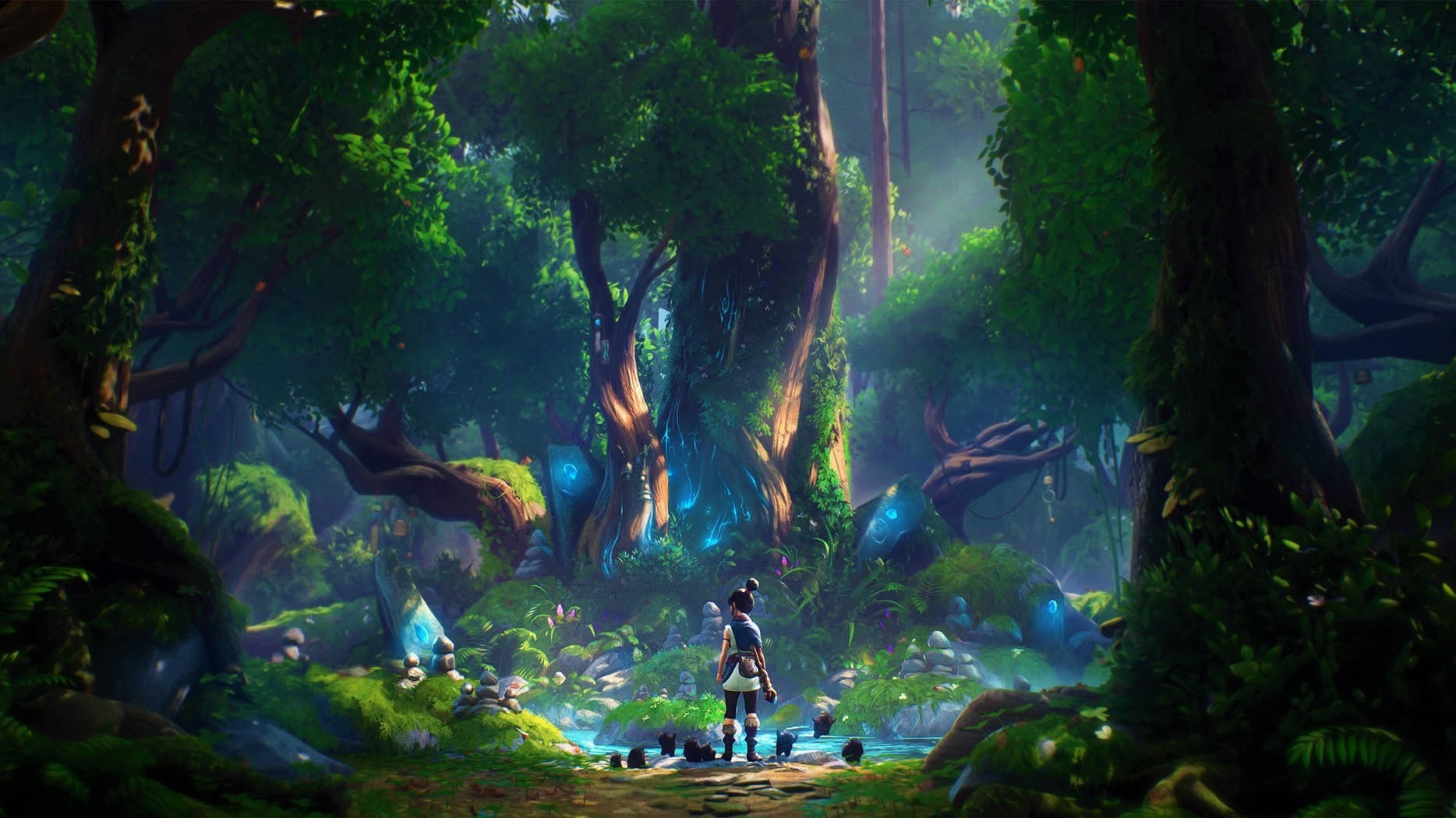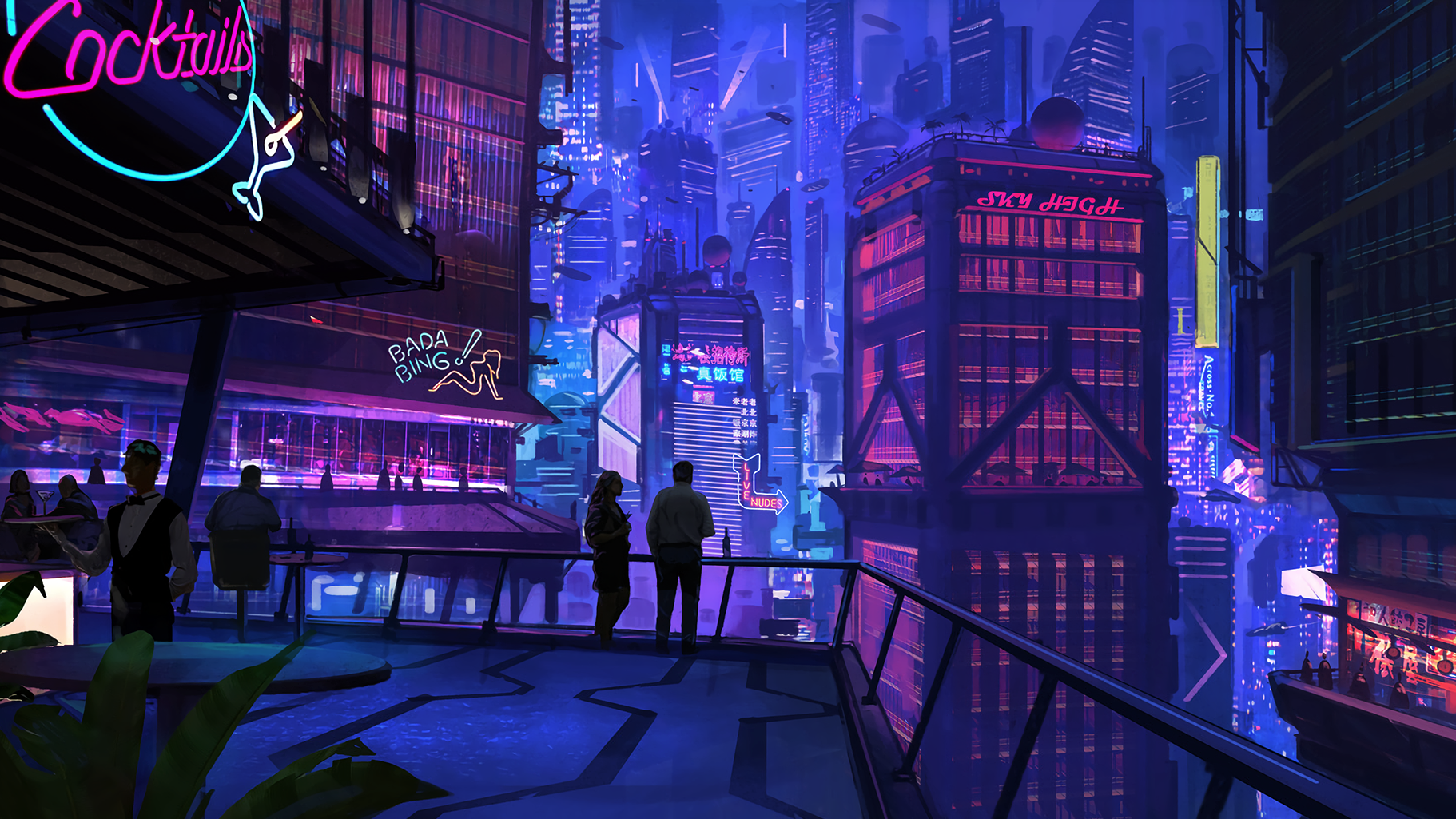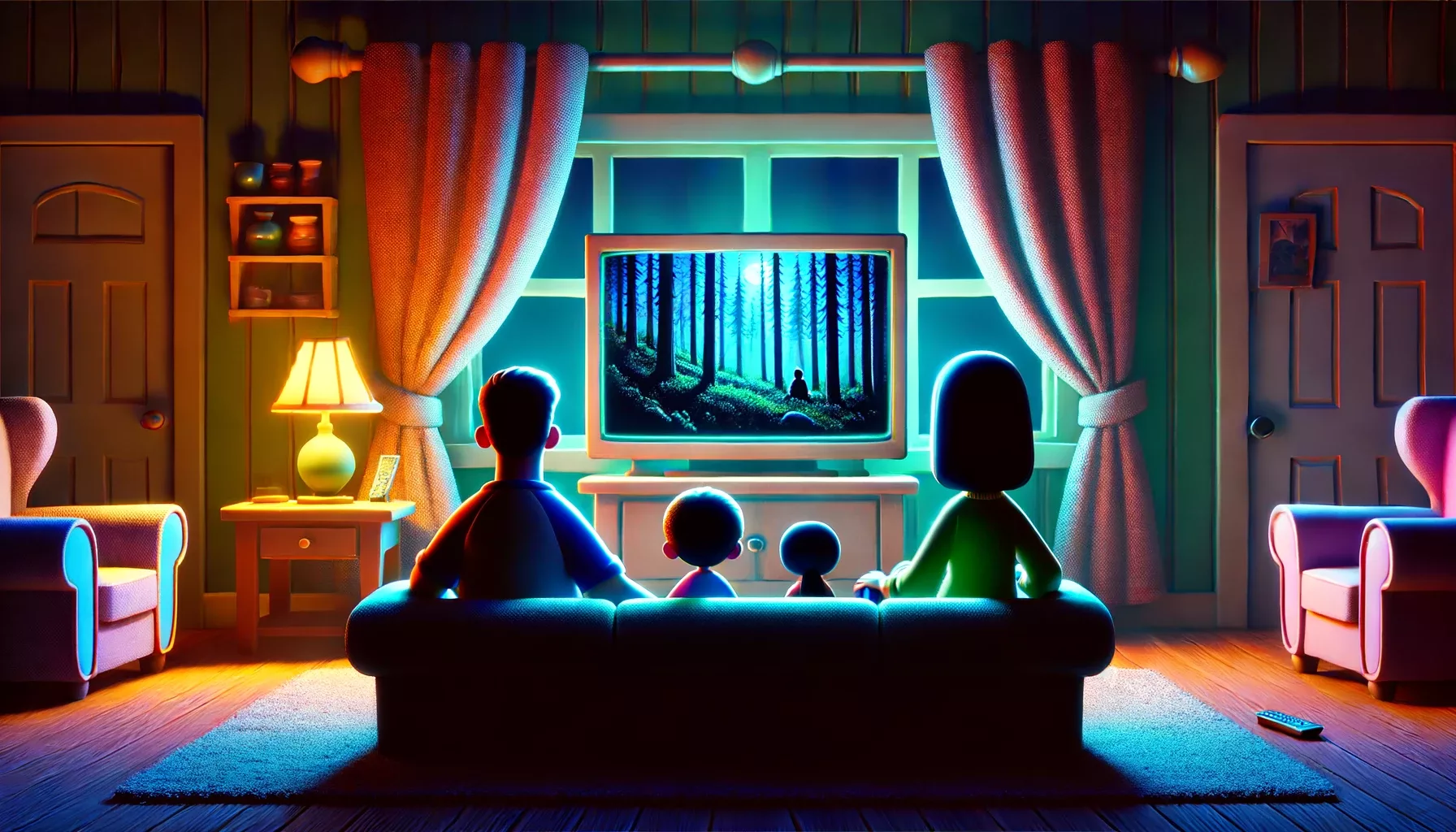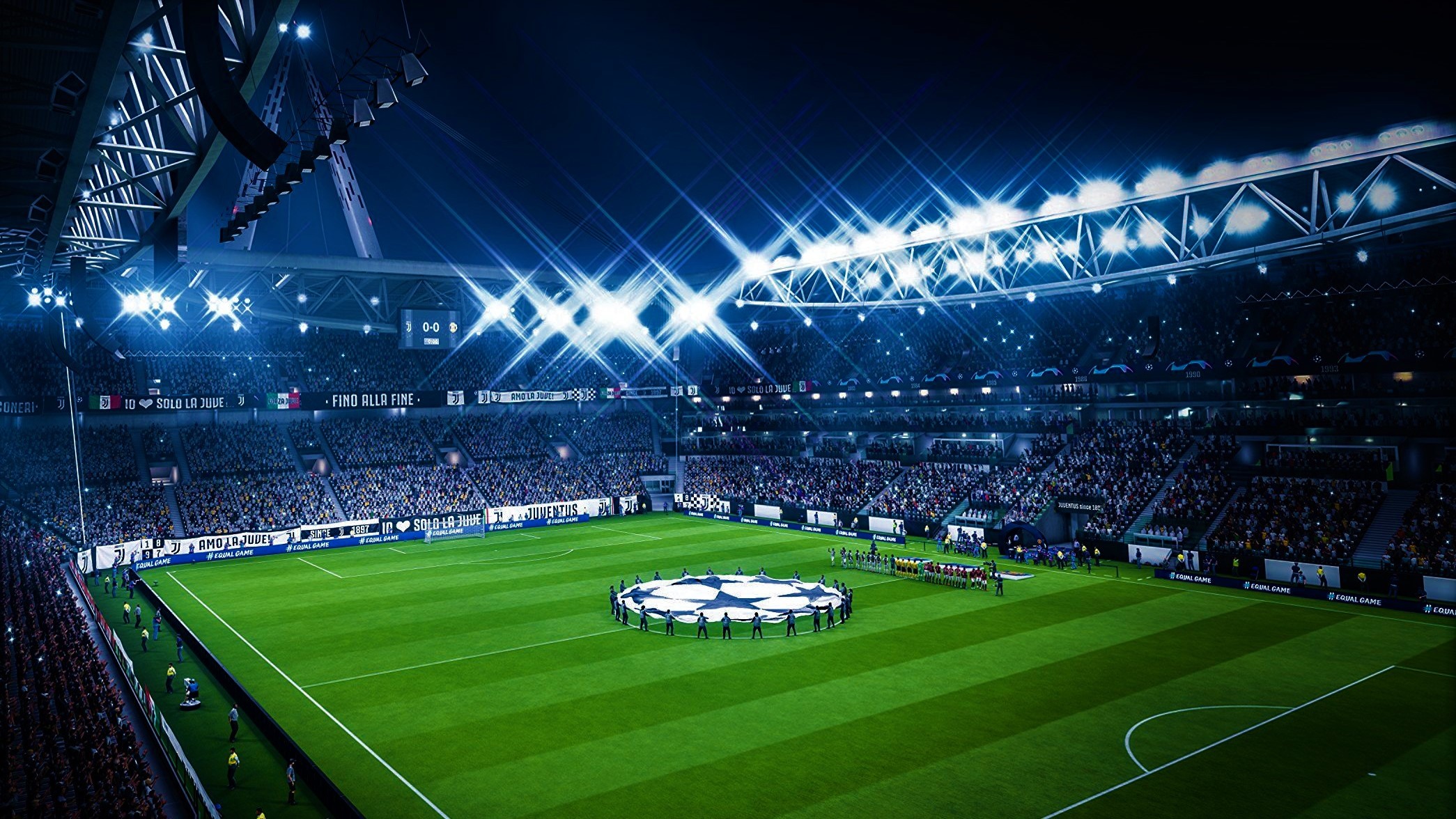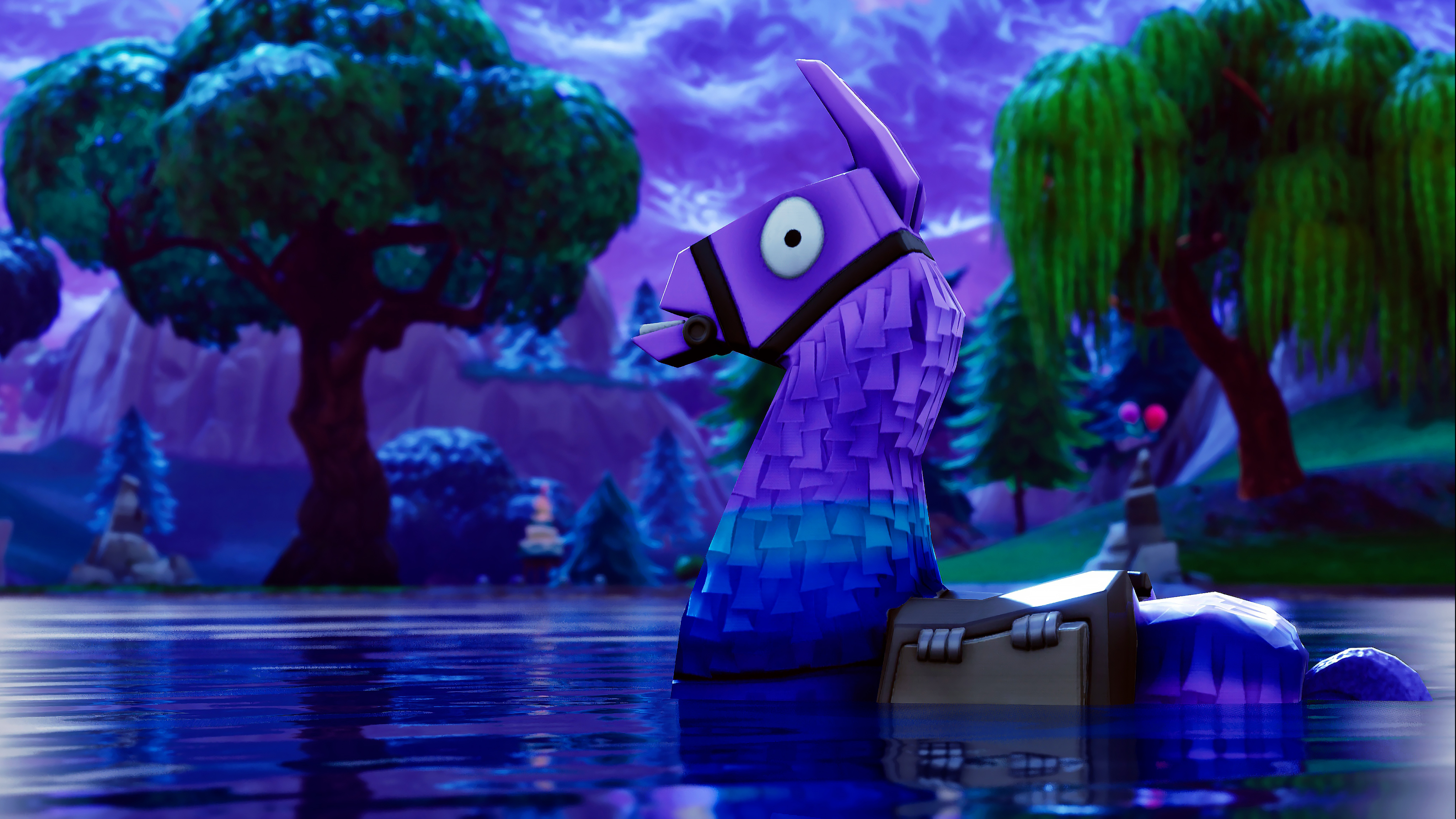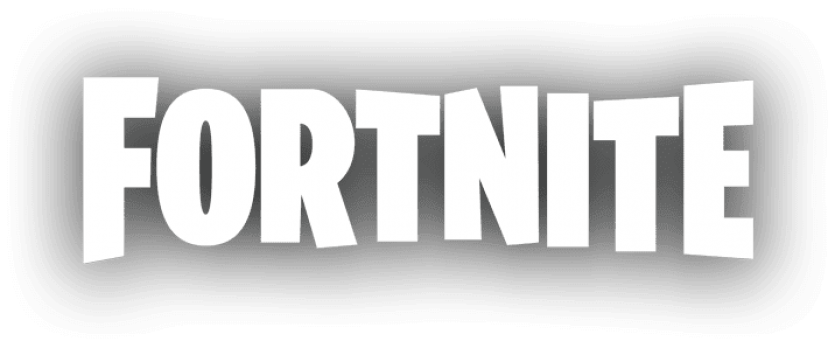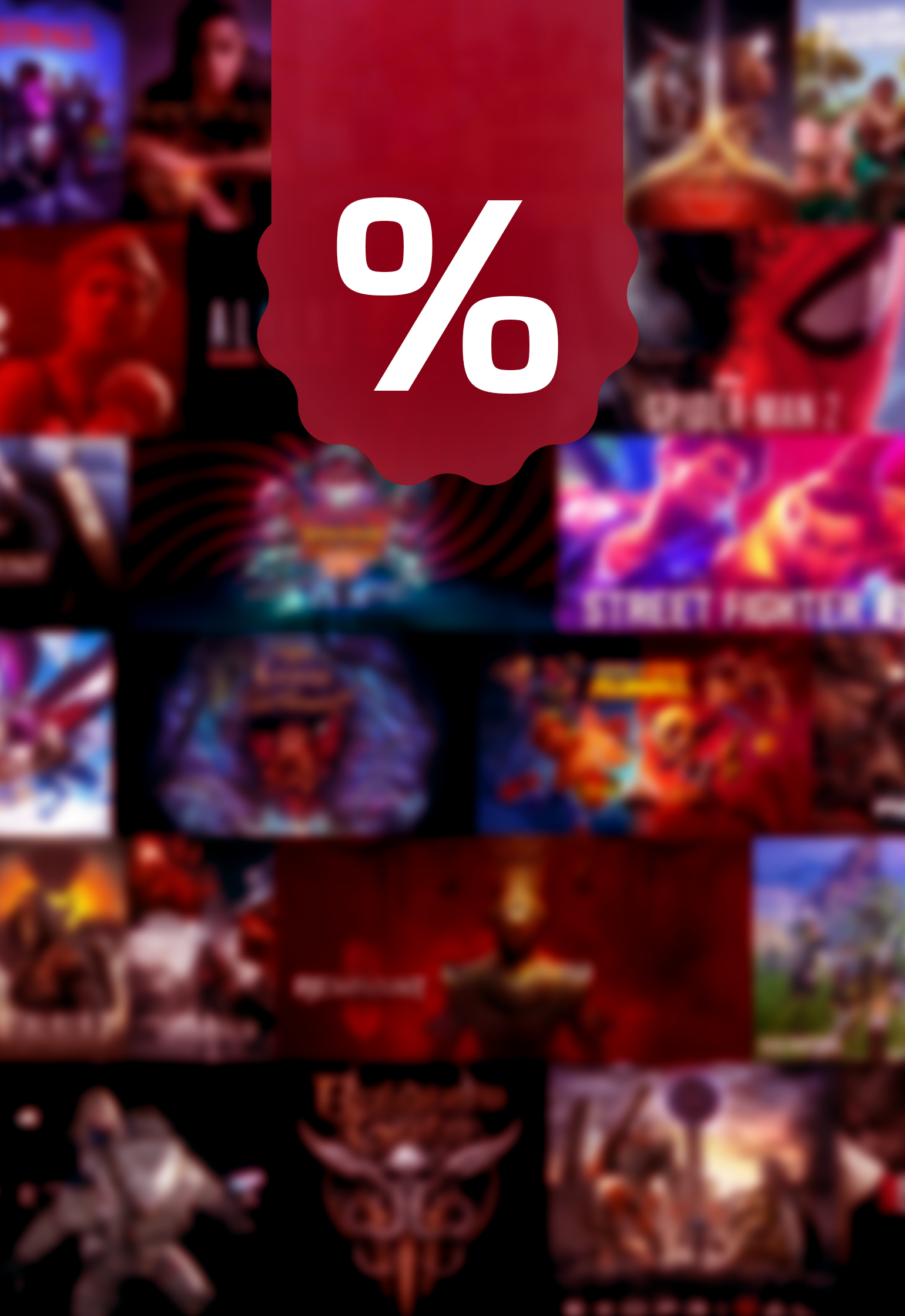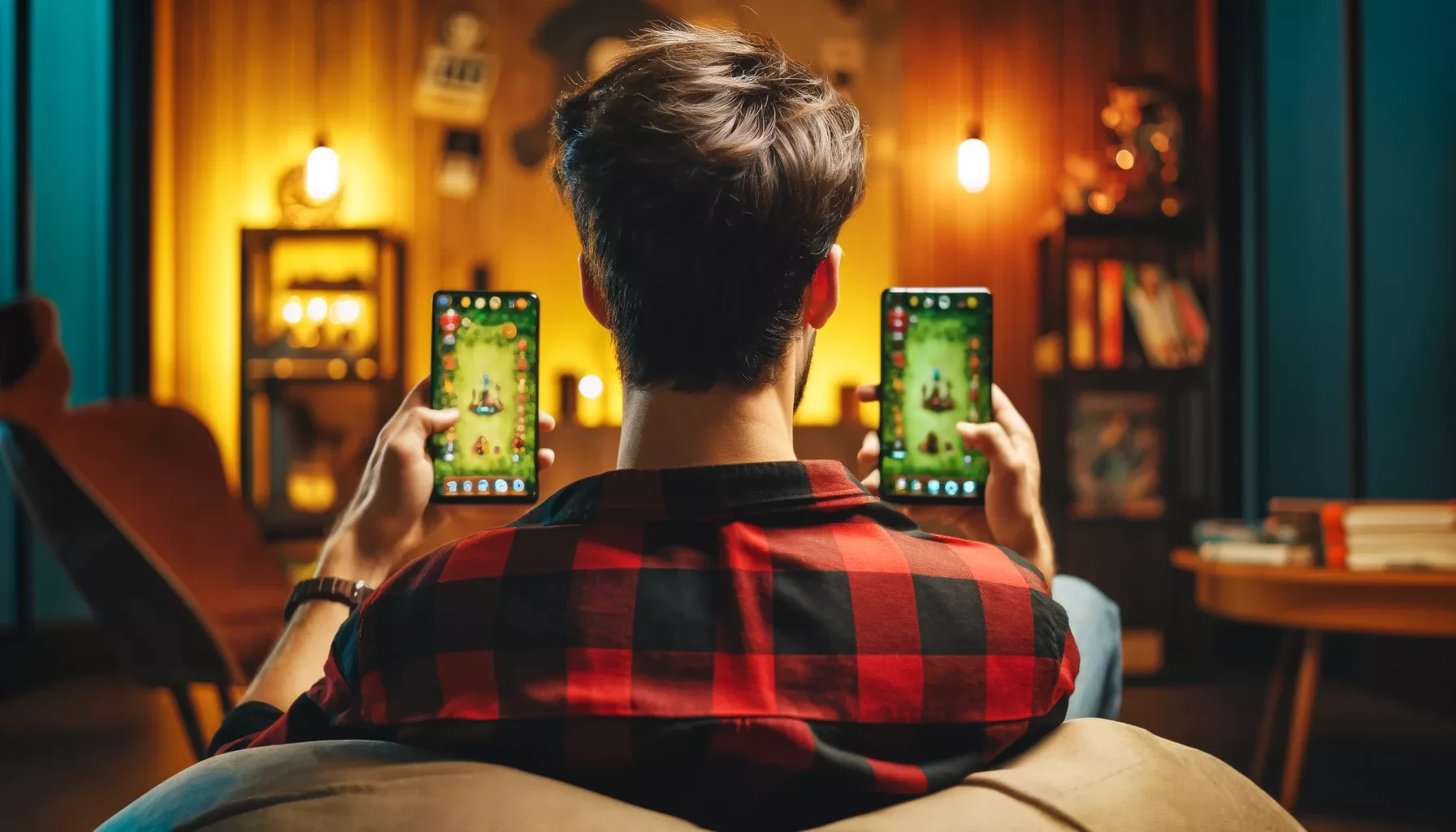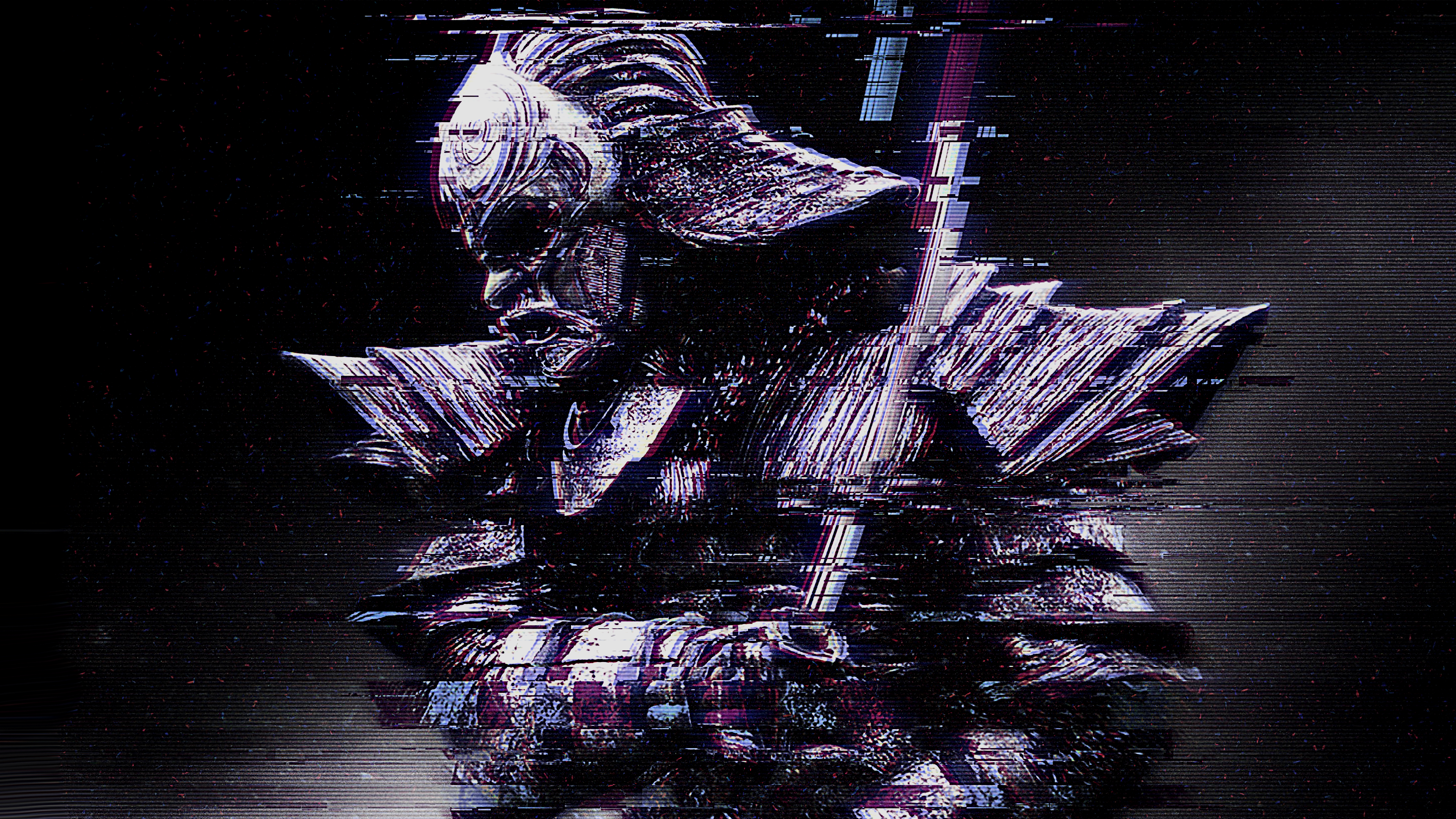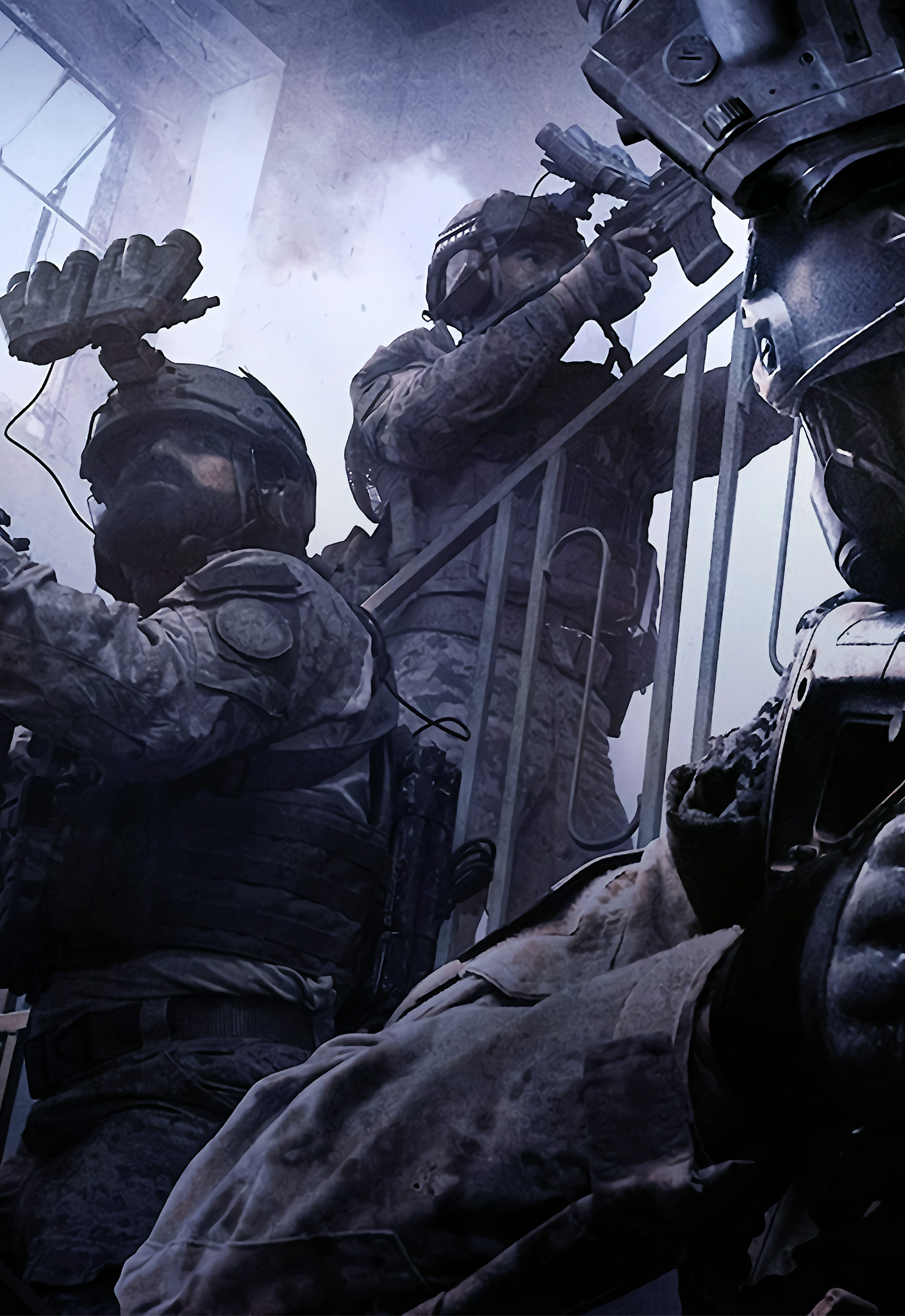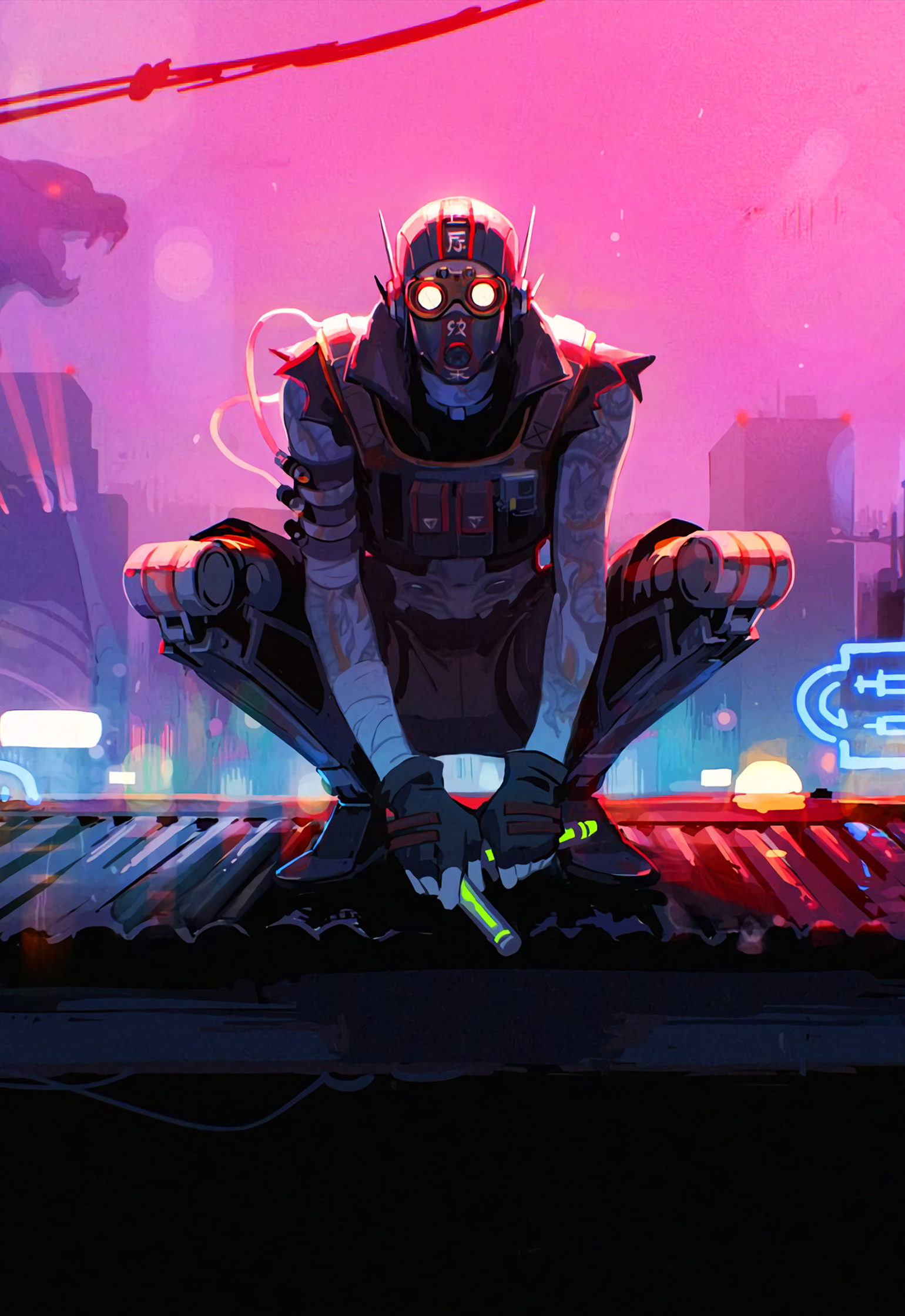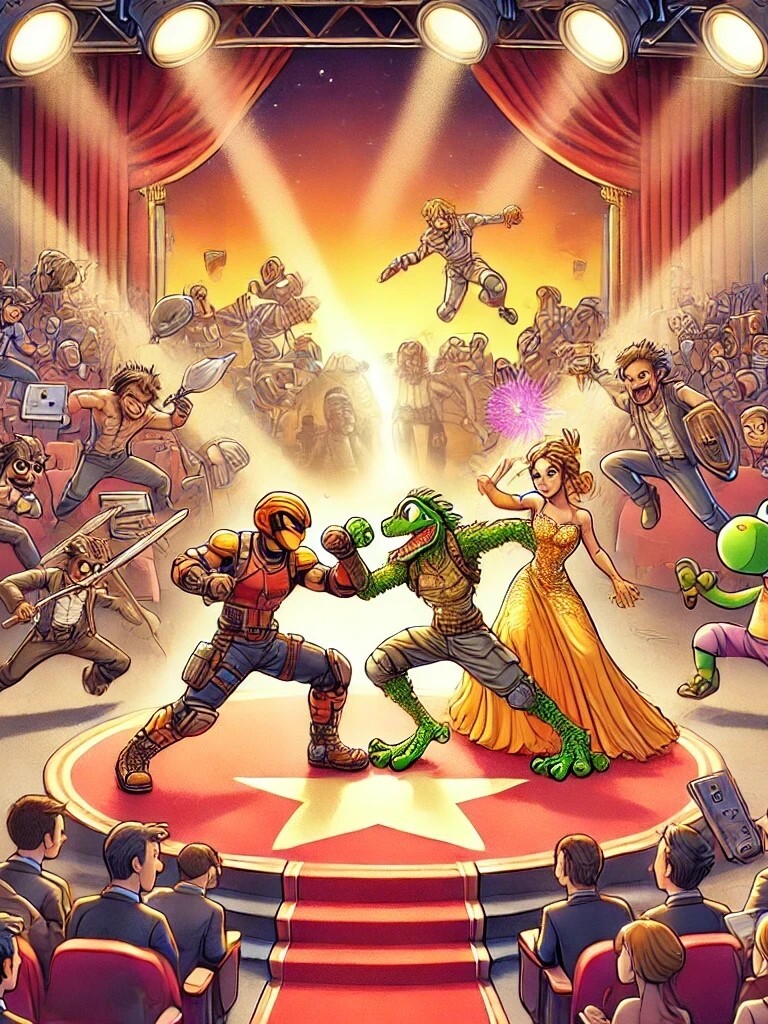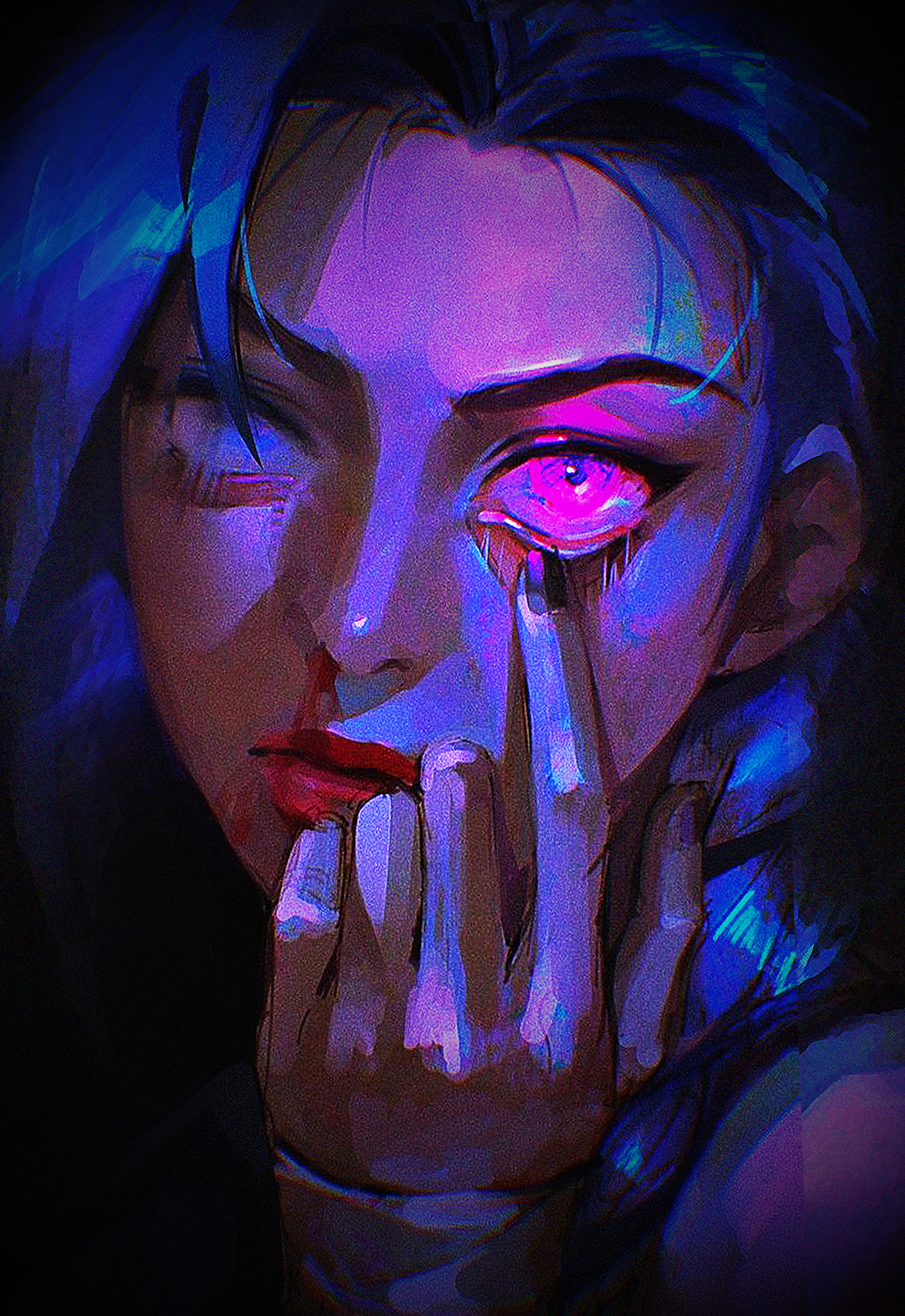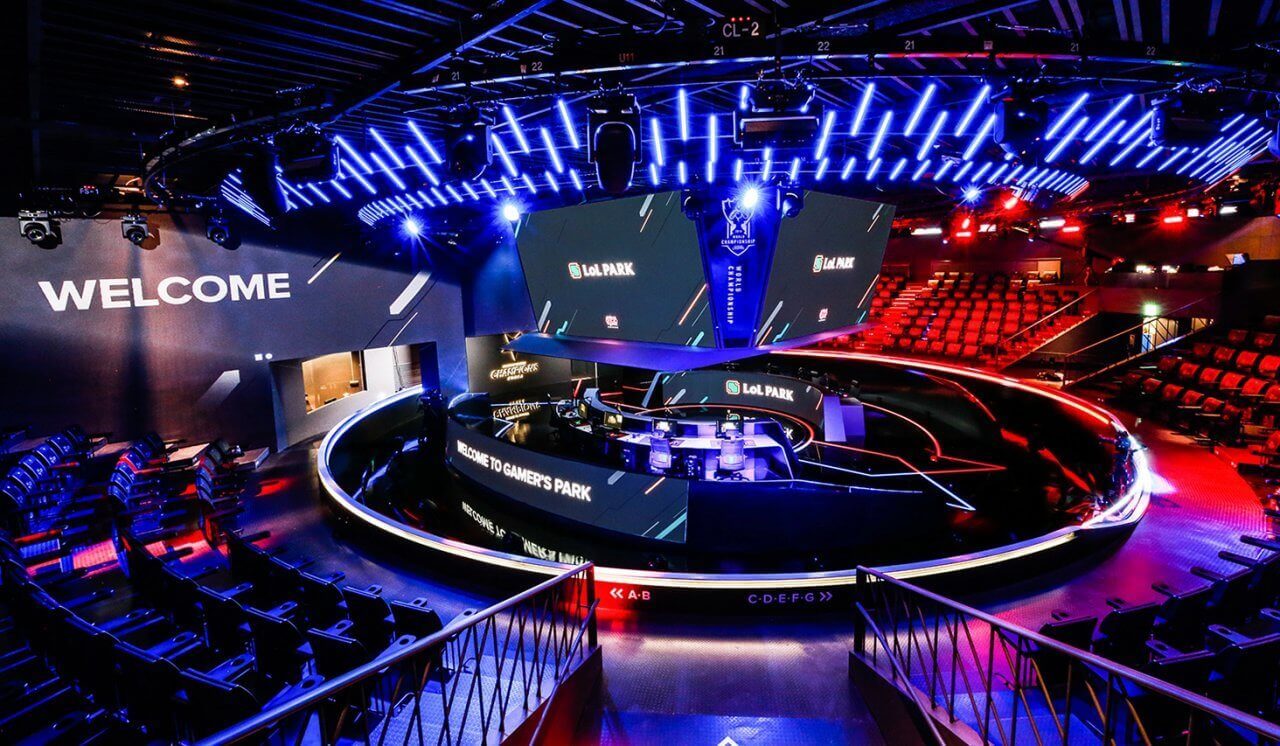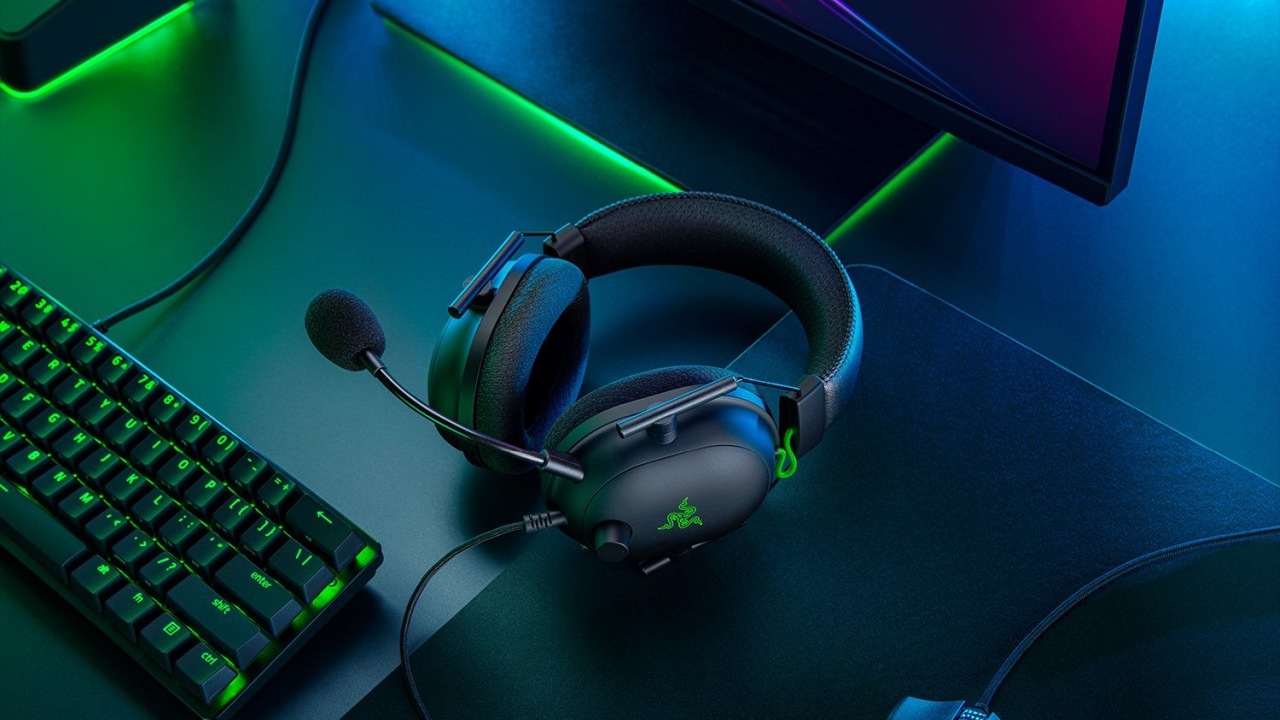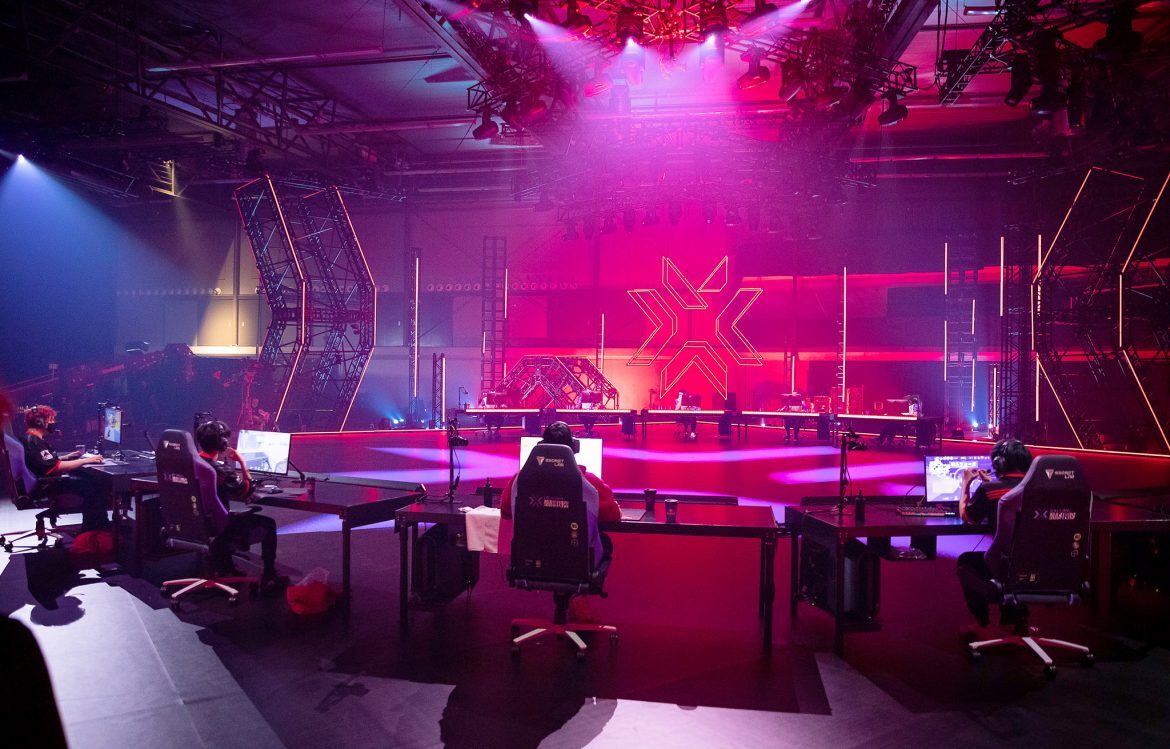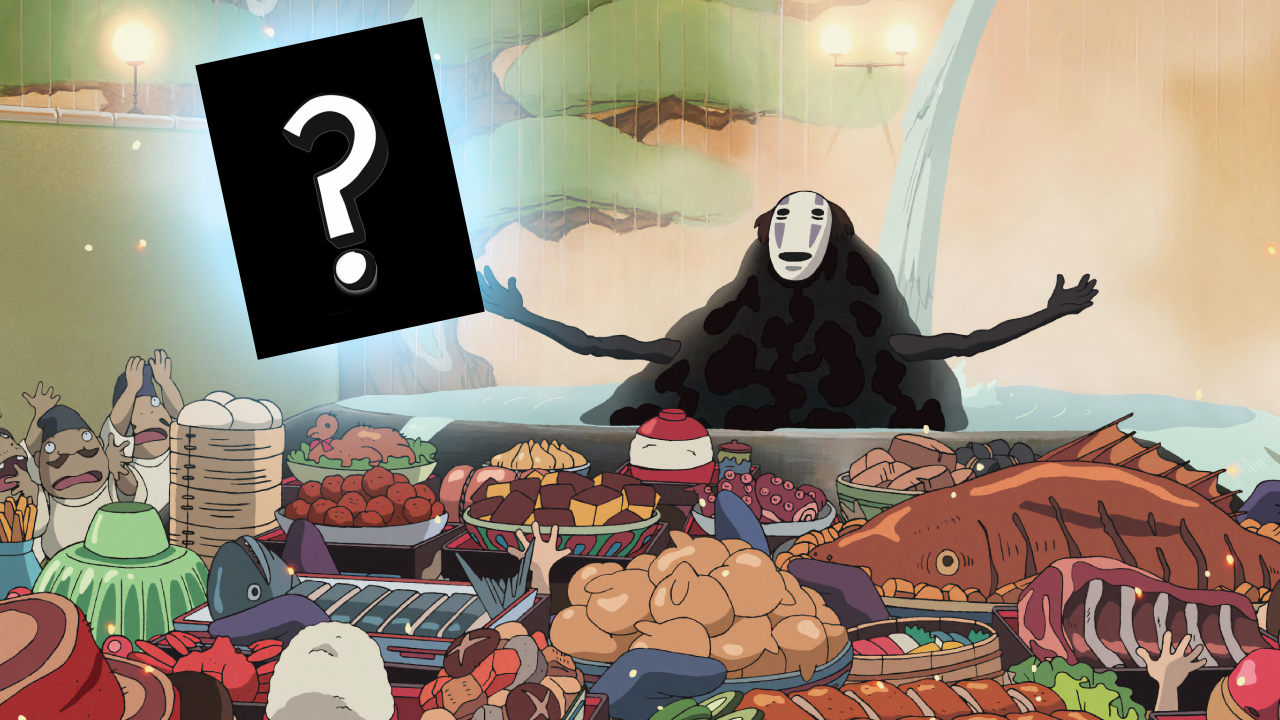When Hayao Miyazaki says he’s retiring, fans know better than to believe him. And now, the Studio Ghibli legend may be crafting one more magical adventure.
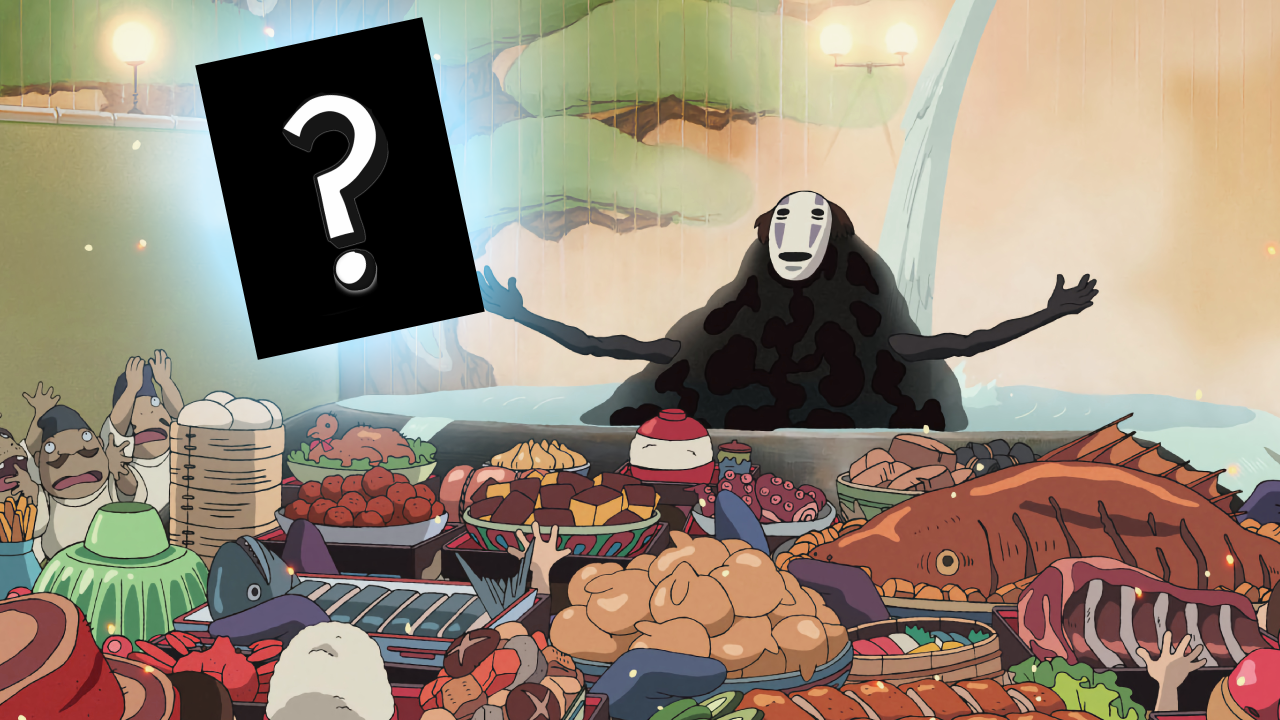
He’s retired more times than most people change careers – but Hayao Miyazaki just can’t stop dreaming.
Since the anime legend first declared his retirement in 1997 after the release of Princess Mononoke, he has made the same promise at least three times. And each time, he has come back – seemingly re-energized, full of stories to tell. Now, at 84, with another Academy Award under his belt for The Boy and the Heron, Miyazaki is reportedly back at work again.
Yes, again.
The Impossible Farewell
Miyazaki’s latest film, The Boy and the Heron, was widely interpreted as a deeply personal farewell – an artistic summation of his life and legacy, particularly his complex relationship with his son and the emotional toll of being a visionary. It earned him his second Oscar for Best Animated Feature, though reactions were mixed. Some viewers found the story difficult to follow, others deemed it emotionally overwhelming, but most agreed it felt like a closing chapter.
So why is he returning again?
Because, as Miyazaki himself once admitted,
“I find it pointless sitting in my house not working.”
It’s hard not to admire that restlessness, even if it means that fans must perpetually live between the uncertainty of a final masterpiece and the hope of one more adventure.
The Artist Who Won’t Sit Still
“He thinks about this new project every day”, said Studio Ghibli executive Junichi Nishioka at the Toronto International Film Festival in May 2024.
“I can no longer stop him… I’m no longer trying to dissuade him, even if it might be a bad film. In life, only work enchants him.”
This blend of stubbornness and creative fire has always defined Miyazaki. As his son Goro Miyazaki recently revealed at the Ghibli Museum in Mitaka during the "How Do You Live?" exhibition preview, the elder Miyazaki was initially working on panorama boxes based on past works – until he got bored.
“I suggested he create something new,” Goro said. “And that’s what he’s working on now. Whether it will actually become his next film, I don’t know. But it’s a nostalgic action-adventure story, and I’m looking forward to it.”
Nostalgic? For Ghibli fans, that single word is enough to send hearts fluttering.
What Could Be Next?
Studio Ghibli’s films have always been a playground for dreamers: young, old, anime fanatics, even self-proclaimed cartoon skeptics. They speak to the childlike wonder within us all, and Miyazaki’s hand is unmistakable in their layered beauty.
If this new project is, indeed, "nostalgic," then it may hold a mirror to the very elements that made Ghibli timeless in the first place.
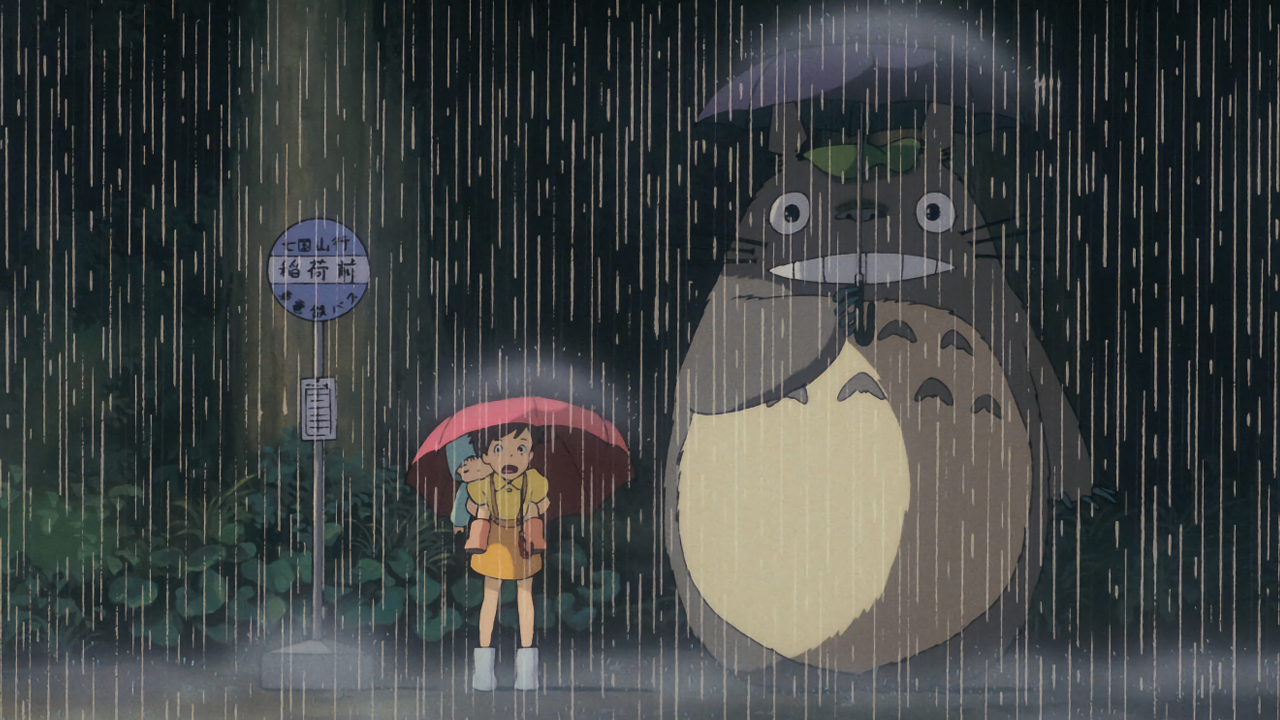
The themes that Miyazaki returns to again and again are often reflections of his inner life. In a way, predicting the plot of his next film is less about plot and more about understanding the man: the dreamer who, even in his eighties, still draws every day. So thats's why we will also include some quotes in our speculations.
He’s long spoken of the need to reconnect with what we’ve lost, whether it’s wild nature, forgotten rituals, or the sense of wonder in everyday life.
“There’s no future for people who worship the future and forget the past,”
he once warned.
Some possibilities feel inevitable:
- Nature and its preservation:
Films like Princess Mononoke, My Neighbor Totoro, and Ponyo show a reverence for the natural world and a warning about its destruction. Miyazaki has famously said, “I’d like more of the world to go back to being wild.”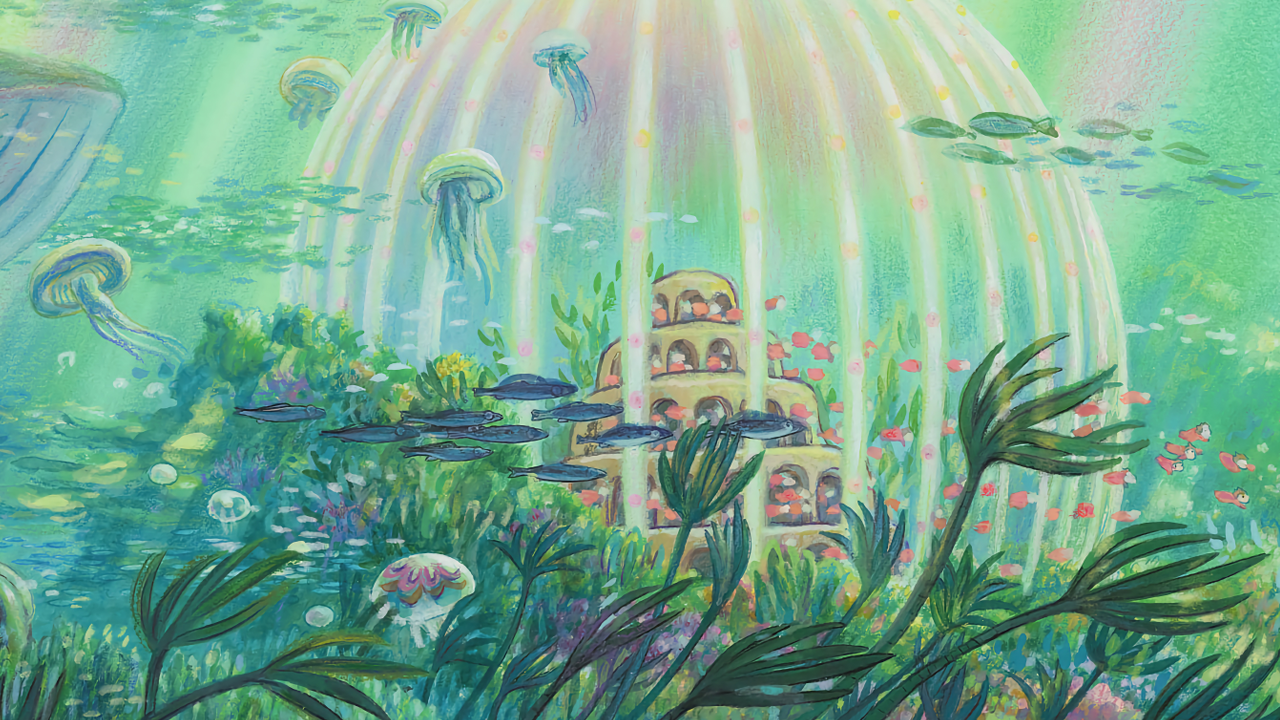
Underwater magic in Ponyo | © Studio Ghibli - Childlike wonder and introspection:
Miyazaki’s work consistently explores how children experience the world – both its terrors and its magic. “I would like to make a film to tell children it’s good to be alive, even if the message is bittersweet, there's childlike wonder to it. So even with violence, there's beauty.”
Nothing embodies childlike wonder more than Totoro | © Studio Ghibli - The “fantastical” even in the ordinary – But also the "ordinary" in the fantastical:
Whether it’s cooking, cleaning, or traveling on a train, Ghibli excels at turning everyday moments into rituals of beauty and serenity. If the movie is set in a fantasy setting, it often features some sort of ritual that can be translated from real life and showcases the "quiet moments" of the worlds setting. Even in real world-inspired settings, there's always elements that hint at a bigger picture of magical moments, even if those are interpretive of something, like the flashback scenes in When Marnie Was There.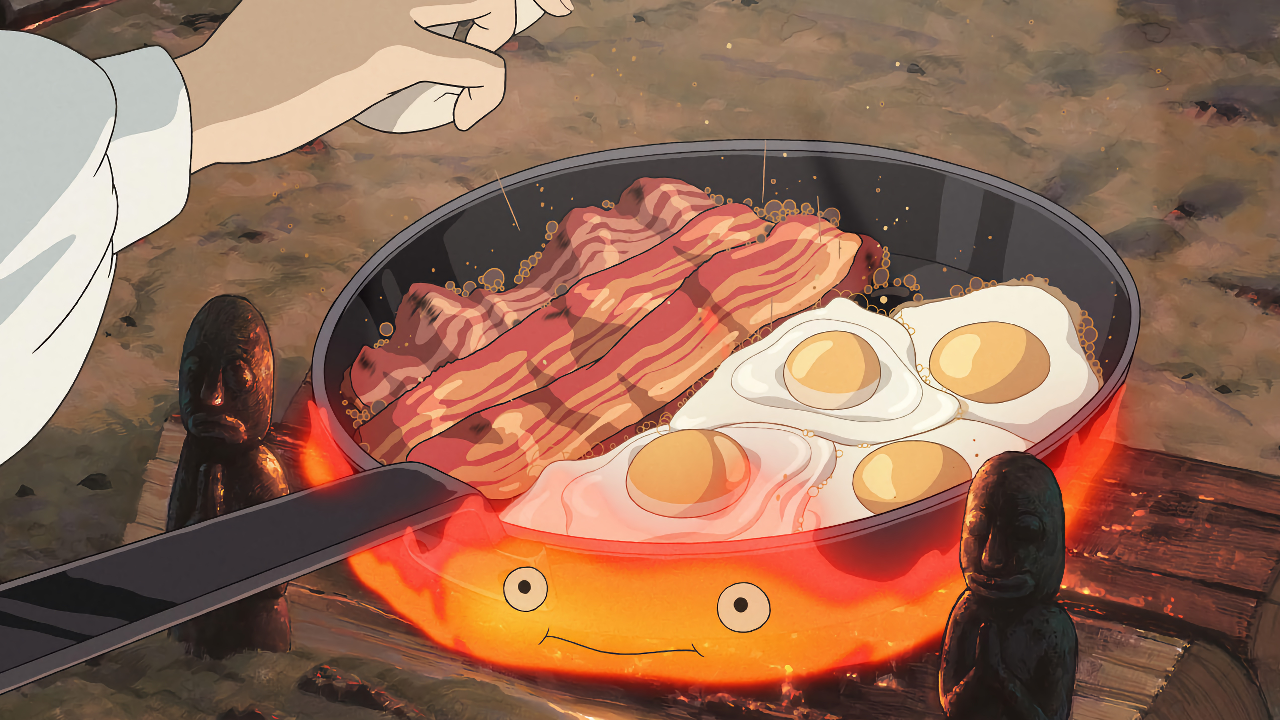
Don’t lie: you always get hungry when you see this shot | © Studio Ghibli - Flying scenes and aircrafts:
Miyazakis movies have often featured flight. From Nausicaä of the Valley of the Wind to Porco Rosso and The Wind Rises, the sky is a recurring space of freedom, danger, and reflection. Miyazaki’s family once manufactured airplane parts for the Japanese military, and his lifelong fascination with aviation often translates into poetic, sweeping scenes of airships and gliders.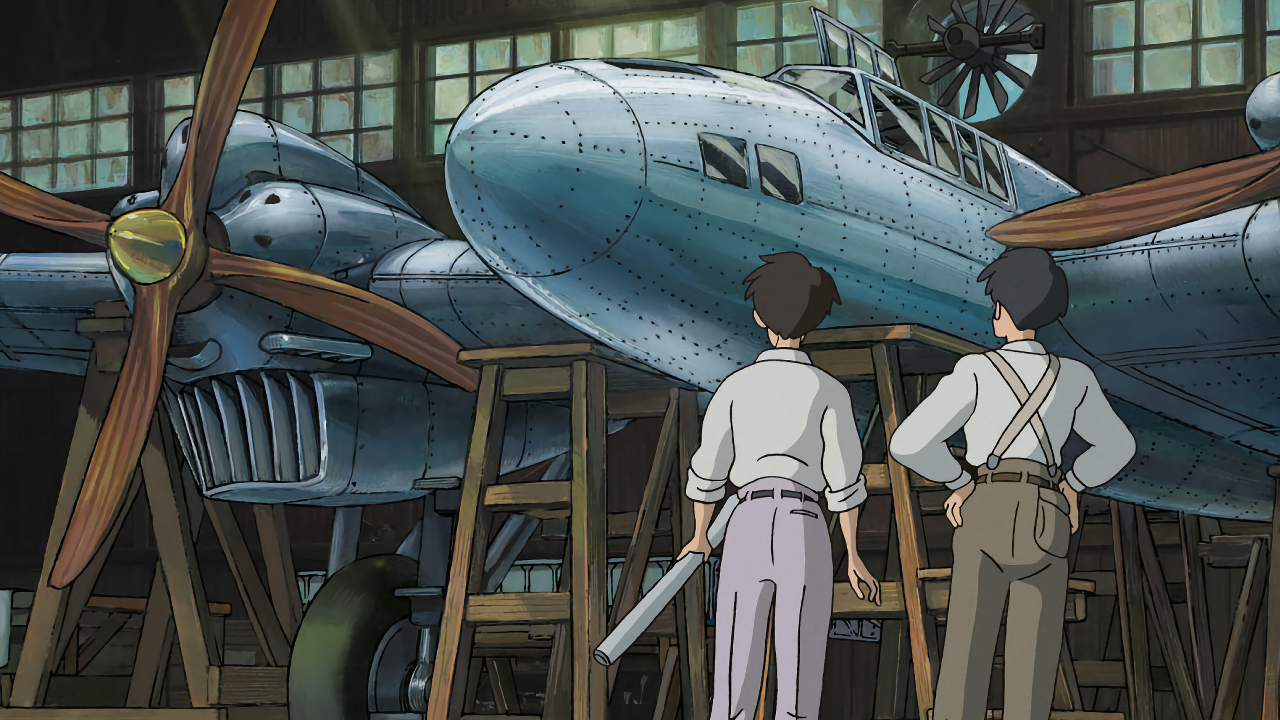
Jet fuel? No thanks. These run on nostalgia. | © Studio Ghibli
Leaving the interpretation of the feeling nostalgia behind, nostalgia could also be interpreted more literally. The film could also be set in a historical time period, as many Ghibli films are. What was once “contemporary” in From Up on Poppy Hill or The Wind Rises now feels antique, which could lend the film a built-in sense of wistfulness.
Legacy in Question
While fans remain hopeful about a new Miyazaki film, questions about Ghibli’s future persist. With the elder Miyazaki still leading the creative charge, the studio has managed to retain its hand-drawn soul. but who can carry that torch when he’s no longer around? Or if he never gets to finish the movie he's working on?
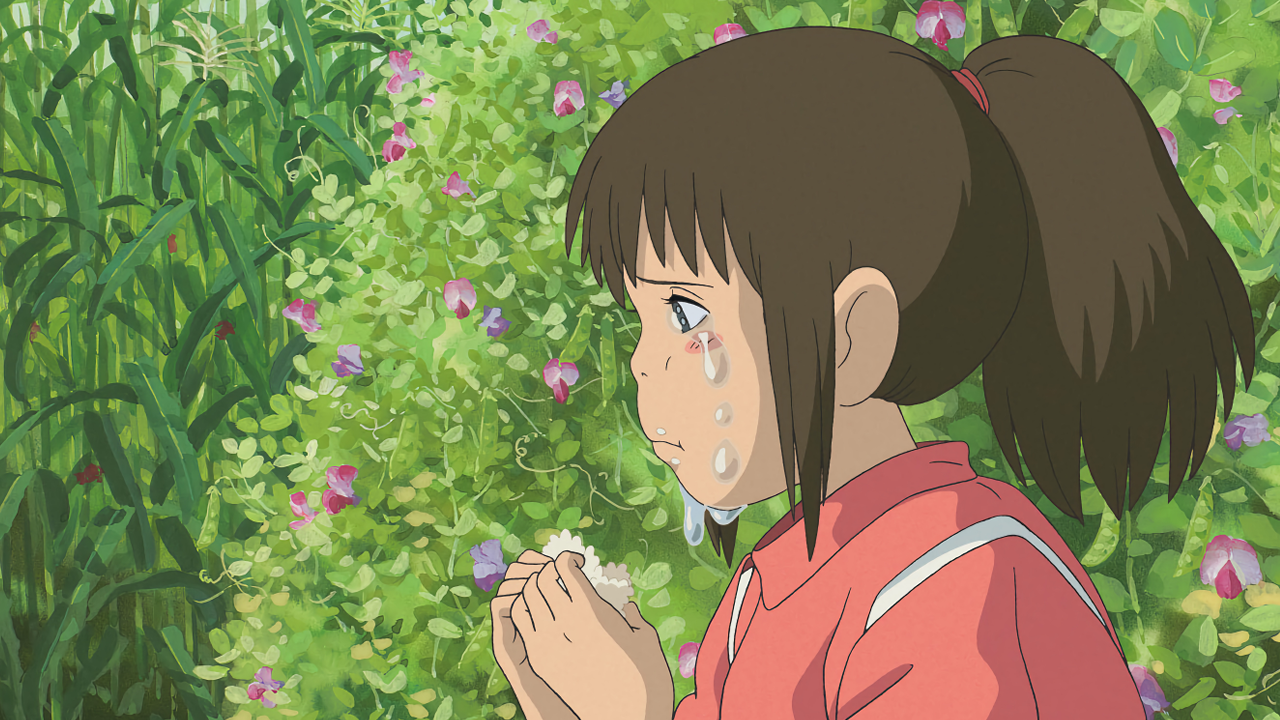
His son Goro Miyazaki has struggled to win over fans and critics alike. Tales from Earthsea (2006) and Earwig and the Witch (2020), Ghibli’s first fully CGI film, received poor reviews. Earwig, in particular, was panned for lacking the studio’s signature warmth, artistry, and emotional core. “A far cry from Studio Ghibli at its finest,” one critic wrote. The film holds a dismal 28% approval rating on Rotten Tomatoes.
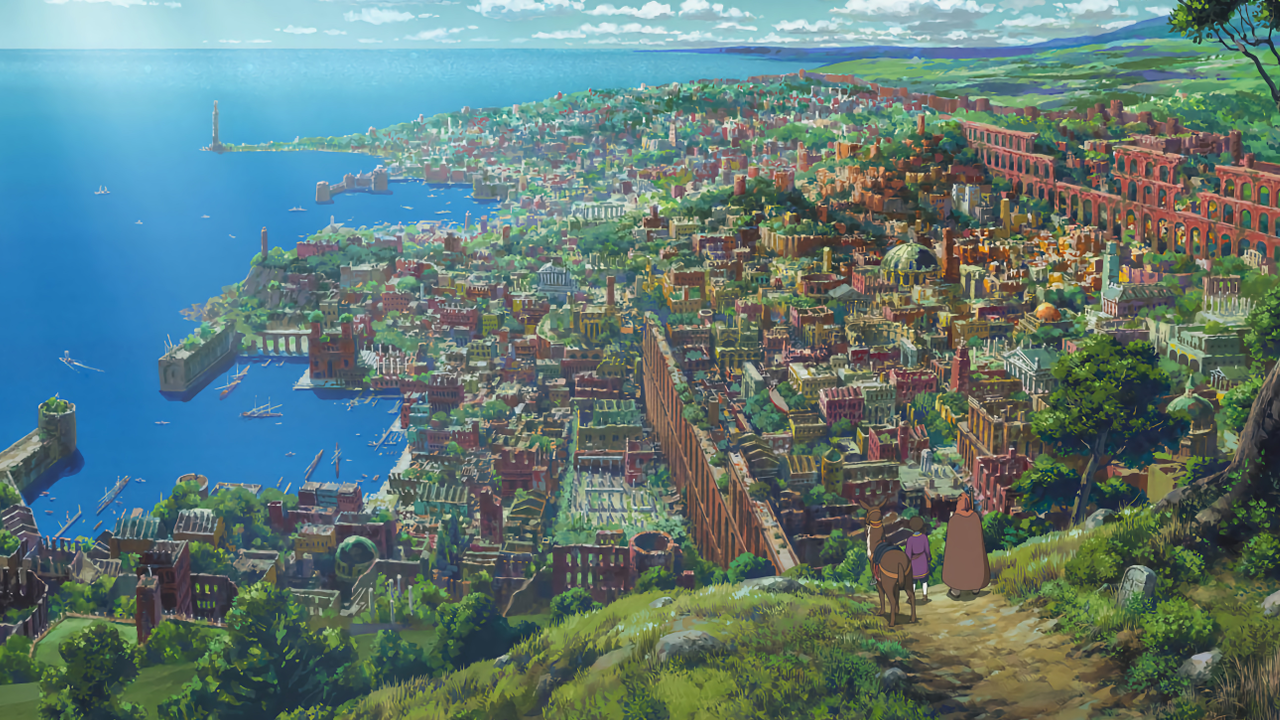
Goro has spoken candidly about the pressure of living in his father’s shadow – a man who reportedly once told him, bluntly, that he “lacked the talent” to be a director. Whether he’ll ever find his own creative voice, or whether another young artist will emerge to guide Ghibli’s next chapter, remains to be seen.
One thing seems certain: the studio’s identity is so tied to Miyazaki and his inner world that imagining it without him feels incredibly hard.
